Hey everyone! Welcome to my blog! As I mentioned in my previous post, I’ve decided to (re)start my blog in order to share the story of my daughter, and her journey with a rare birth defect called Pierre Robin Sequence.
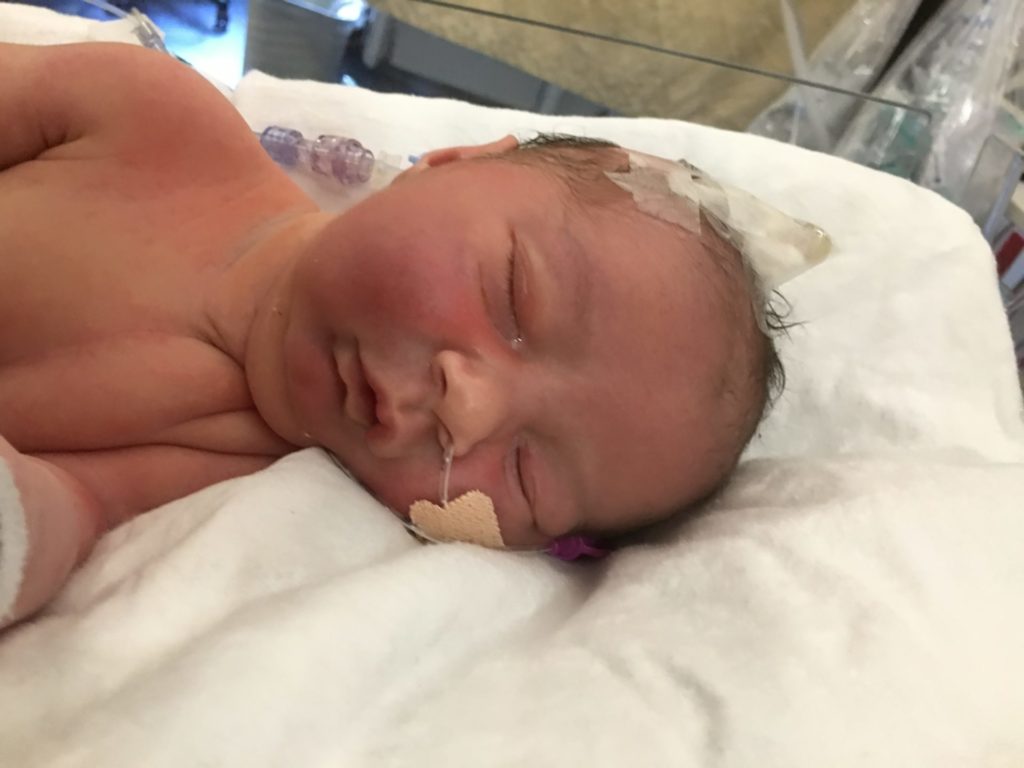
Our Story
Josephine was born with Pierre Robin Sequence, or PRS for short. We had no idea this condition even existed until the moment Josie was born. She came out blue due to lack of oxygen, and the doctors and nurses immediately realized that something was very wrong. The on-call neonatologist rushed in to my delivery room. He identified the source of the issue within minutes: Josie had a small chin and a cleft palate, also known as Pierre Robin Sequence.
The rest of the day was quite a blur. The doctors whisked Josie away to the NICU, and I went to a recovery room without the baby I had grown inside my body for the past 40 weeks.
However, I can vividly recall one thing: sitting in my hospital room a few hours after giving birth, exhausted and afraid, desperately googling my child’s diagnosis to understand what was happening. The medical jargon can be confusing, so I’ve decided to break down my own experience, in case you are on a similar quest for knowledge.
What is Pierre Robin Sequence?
(Quick disclaimer: I am NOT a medical professional. If you have any questions about your baby’s condition, please speak to your child’s doctor.)
The exact causes and mechanisms of Pierre Robin Sequence are still unclear. However, here is what most doctors think happens, based on current medical knowledge:
- While the baby is developing in the womb, something (doctors aren’t sure exactly what) causes the lower jaw to develop more slowly than normal.
- The small (recessed) lower jaw causes the tongue to “ball up” at the back of the throat and obstruct the baby’s airway.
- The unusual placement of the tongue often also interferes with the development of the baby’s palate (the roof of the mouth). The palate is unable to close, leaving a “cleft” (opening).
As I stated earlier, doctors aren’t sure yet what causes PRS. It’s a pretty rare condition, occurring in about 1 in 10,000 births.
In about 20-40 percent of cases, PRS is considered to be “isolated.” This means that the baby has no other symptoms that can be associated with PRS. It is believed that isolated PRS is caused by a mutation in a specific part of the DNA.
In other cases, PRS is “syndromic,” which means it is part of a larger disorder. Common syndromes associated with PRS include Stickler syndrome and velocardiofacial syndrome. In these cases, the baby will often show other symptoms in addition to the small chin, cleft palate, and obstructed airway.
What are the implications?
Because PRS involves the jaw, tongue, and throat, it can cause several issues during early life. Usually the baby has problems with breathing, feeding, and, later on, speaking. Other common issues include dental complications and hearing loss. Every case of PRS is unique, so the implications vary on a case by case basis.
Josie’s Journey
Josie’s specific case of PRS was pretty severe in that she was unable to breathe while lying on her back. Because of the severity of this issue, Josie had to remain in the NICU under constant monitoring for 8 weeks.
At 4 weeks old, she underwent surgery to move her jaw forward. This is called “mandibular distraction” or “jaw distraction.” For the first four weeks of her life (before surgery) Josie had to be positioned very methodically, either on her side or back, in order to be able to breathe.
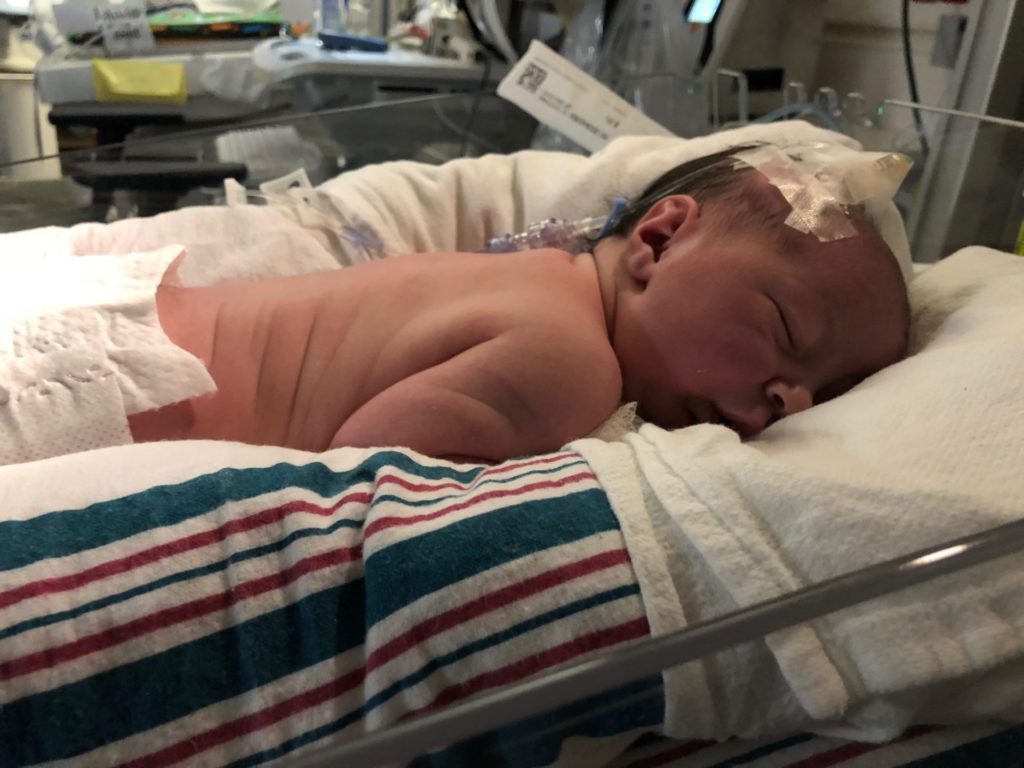
She also had to use a special bottle to drink milk. This is because her cleft made it impossible for her to form enough suction to “suck” from a normal bottle. For this reason she also could not nurse directly at the breast.
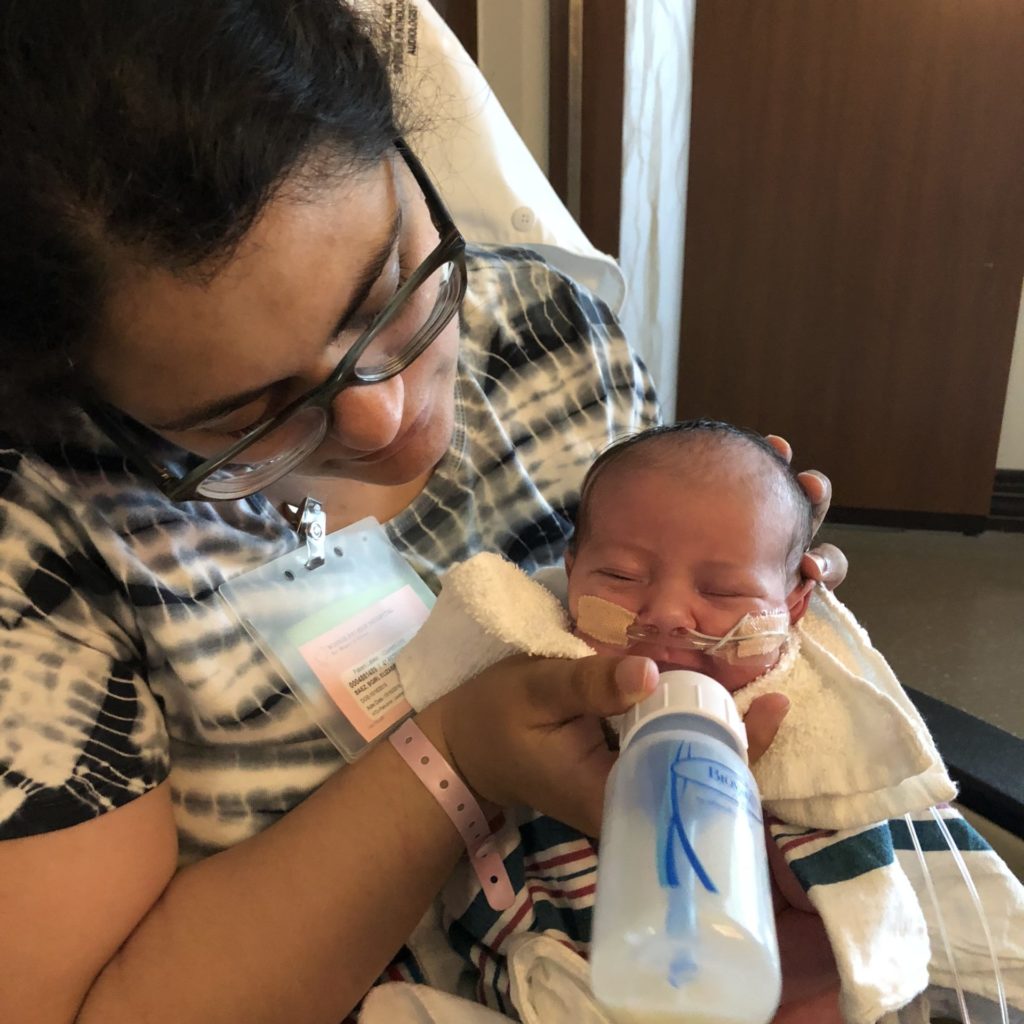
Now that Josie is older (currently almost 11 months), we still continue to see a whole team of specialists aside from her pediatrician. These include her craniomaxillofacial team, a speech language pathologist, an ENT, and a geneticist.
Josie’s PRS diagnosis has been a journey that we never expected. In the beginning, the enormity of what we were facing just seemed too overwhelming. I still feel overwhelmed a lot – more often than I’d like to admit. I wonder how we will handle everything that could happen in the future. At this point, all we can do is take things one day at a time.
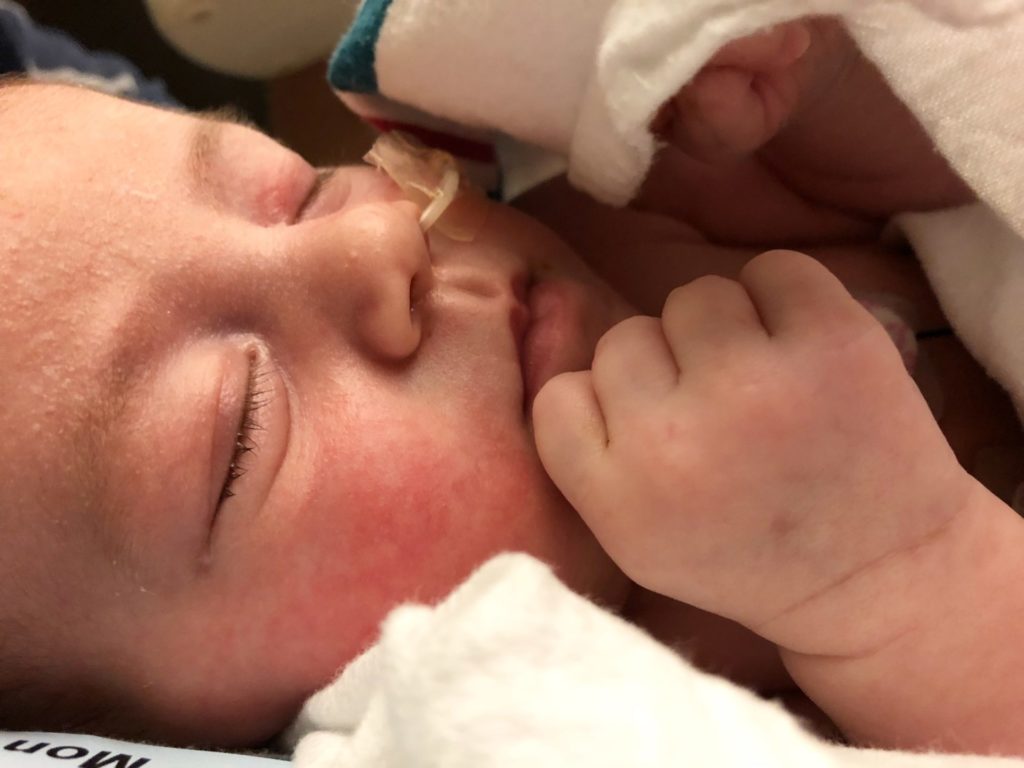
A quote I like, which helps me through the darkest days, is this: “Everything will be okay in the end. If it’s not okay, it’s not the end.”
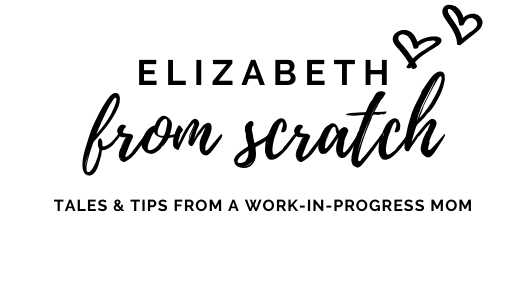
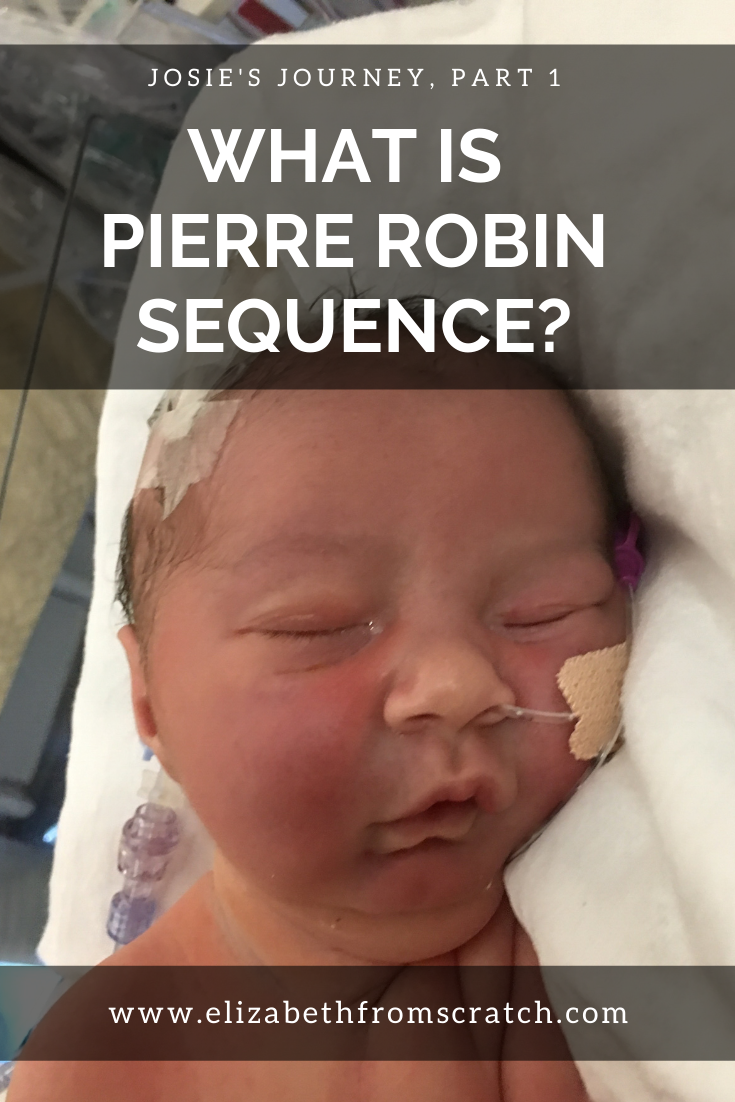

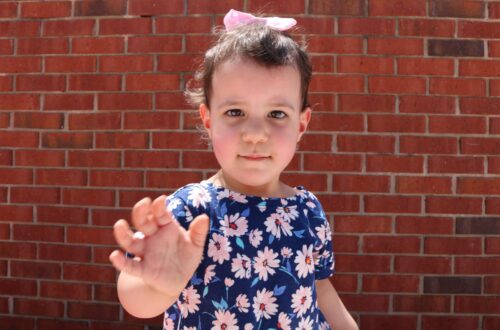
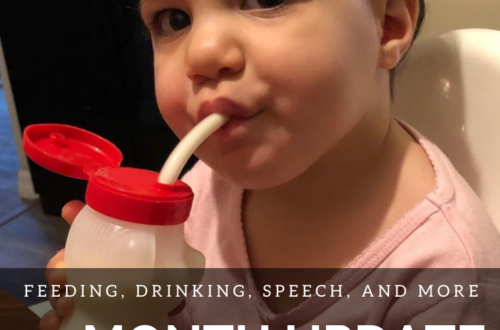

3 Comments
Pingback:
Pingback:
Pingback: